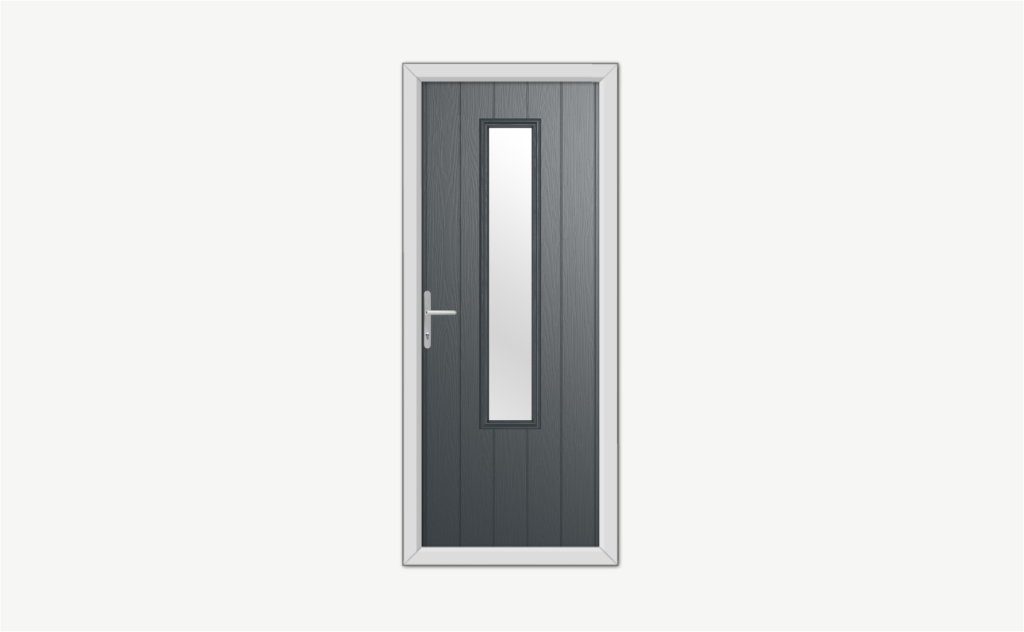The invention of 3D printers has been a game changer for the manufacturing industry. This technology, which has changed the business world, has created a level playing field for all businesses of different scales and sizes. Entrepreneurs, especially in the automotive sector, are taking advantage of this to provide innovative and cost-effective solutions to consumers. Aside from shaping the business ecosystem, additive manufacturing also influences the designs of tomorrow’s cars. Looking around, you will notice the growing number of complex and futuristic car designs.
This is only possible because of the creative freedom additive manufacturing provides innovators. With this freedom in creativity, additive manufacturing’s influence is set to grow exponentially in the coming years. To understand other aspects of the influential control of 3D printing in the auto sector, continue reading.
Additive Manufacturing Will Continue Influencing These Key Areas
Here are areas in which 3D printing will play a crucial role in the future of the automotive industry.
Logistics Management
Logistics have always created bottlenecks in the automotive industry. This challenge was extensively felt during the COVID-19 lockdown when major suppliers couldn’t meet growing demands. This disrupted the automobile space due to the lack of in-house production capacity. To achieve future industrial sustainability, the automotive industry must tackle its supply chain problems. To effectively do this, the full adoption of additive manufacturing must be required. Automakers can reduce shipping, tooling, and production costs with additive manufacturing.
Automobile Repair And Maintenance
The growing number of car owners is projected to lead to exponential growth in car maintenance and repairs. If the traditional manufacturing means are not replaced, car maintenance might outpace the cost of buying a car. This can be avoided by implementing 3d printing techniques in the production of car components. With this technique, 3D objects for vintage cars can be produced on demand. Such a production model eliminates the need for a large inventory and promotes business sustainability. When automobile parts are produced using 3d printers, they tend to be accurate, durable, and efficient in their operation.
Material Selection
Materials used in additive manufacturing are usually made from reinforced carbon fiber polymers. These types of polymers are lightweight and, under the right temperature, can be modeled into any shape and size. Using this material in traditional car manufacturing is difficult, expensive, and not always suitable. When lightweight materials are used in 3D production, the car’s efficiency, durability, and cost-effectiveness improve.
Optimization In Design And Performance
Additive manufacturing is set to play a crucial role in the design of complex futuristic cars. This is because, using this production technique, car makers can produce realistic objects from their imagination. They also have the freedom to optimize the performance of existing cars effectively by eliminating and introducing various parts. This design and performance optimization also helps create a competitive balance between the car’s weight, strength, speed, and endurance.
Conclusion
The influence of 3D printing in the automobile space will continue to grow with the development of technology. This development will lead to improved car material selection and efficient logistics management.









